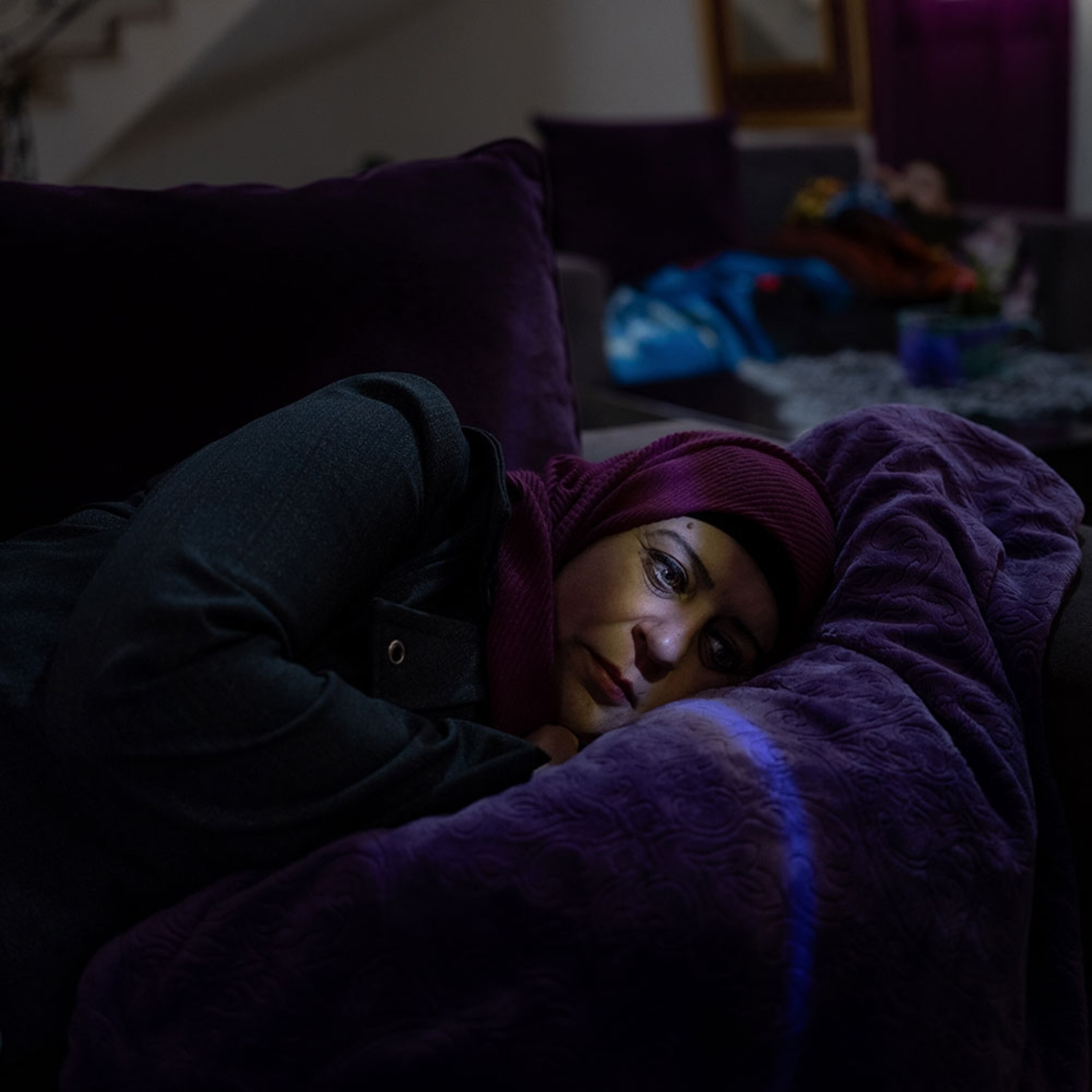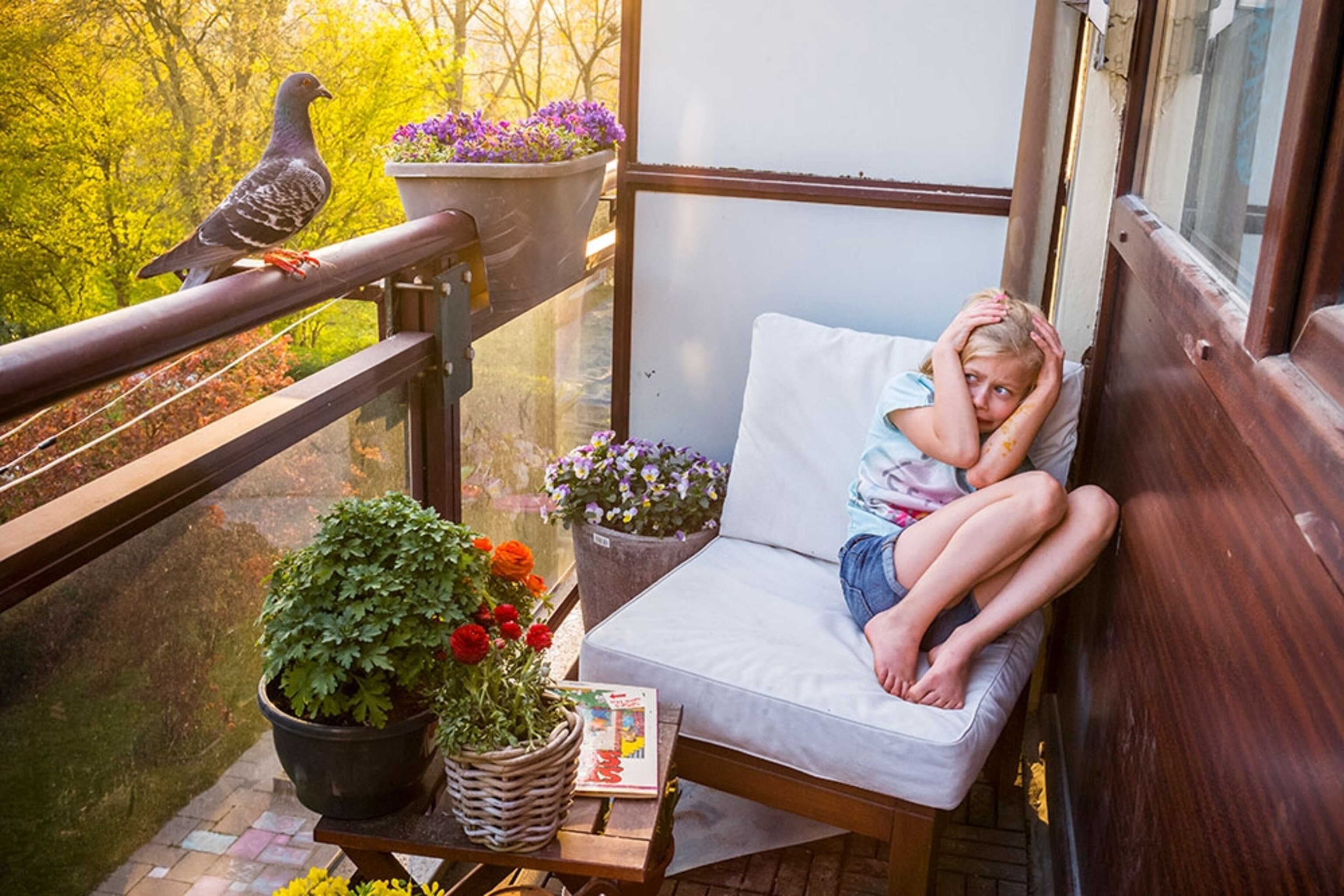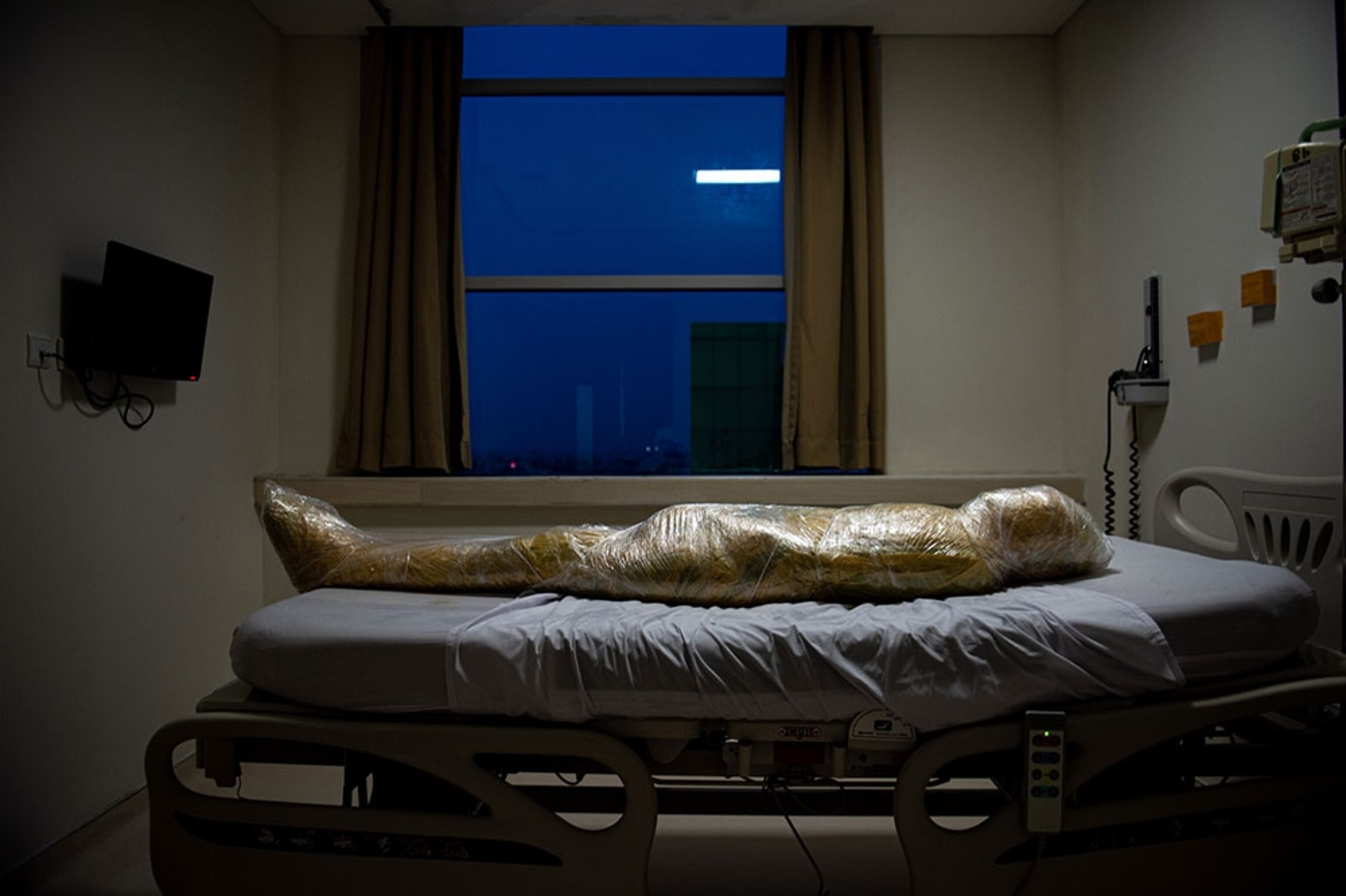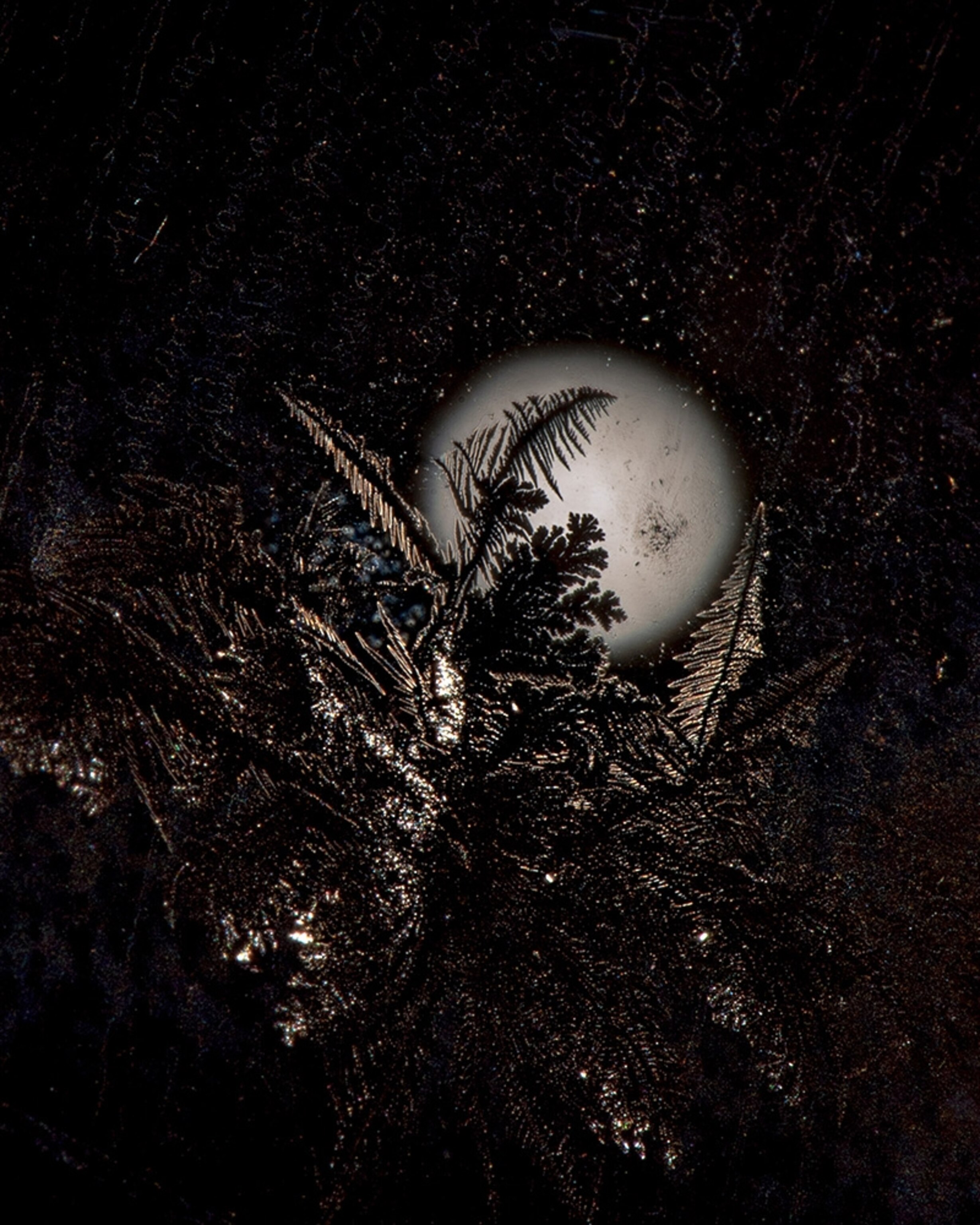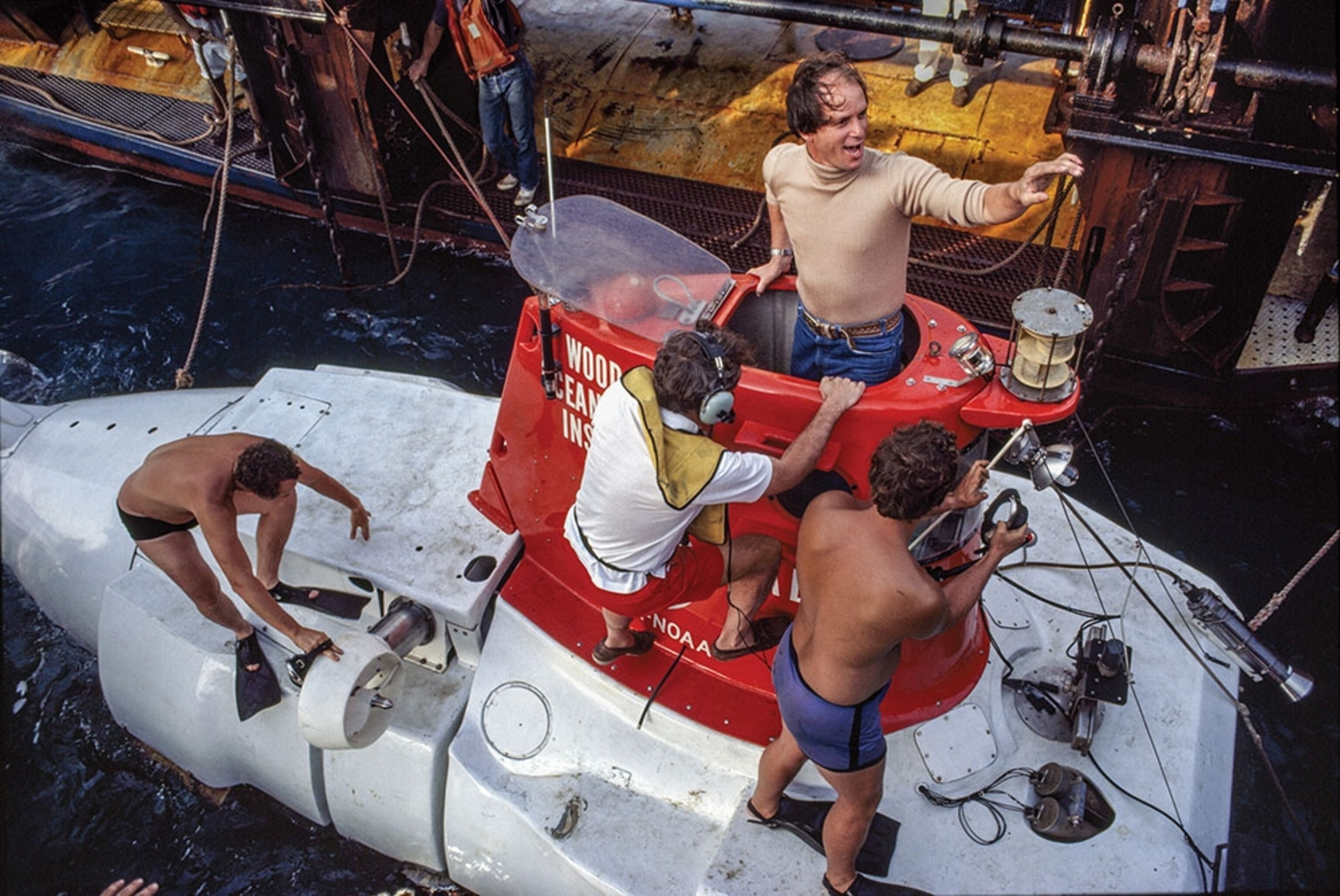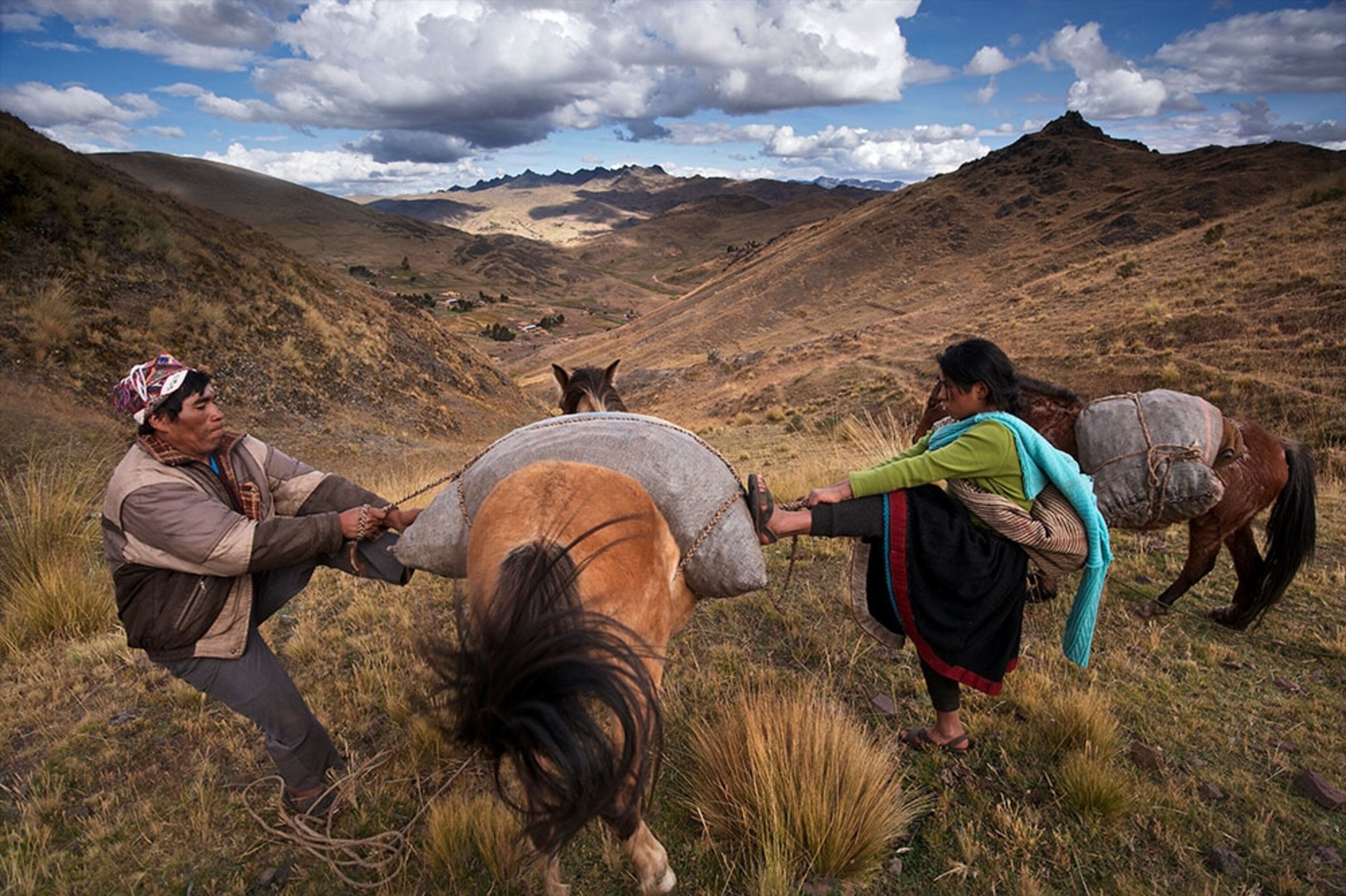
WHAT MAKES A PRIZE-WINNING PHOTO?
This article is an adaptation of our weekly Photography newsletter that was originally sent out on April 16, 2021. Want this in your inbox? Subscribe here.
By Whitney Johnson, Director of Visual and Immersive Experiences
A global pandemic. A racial reckoning. 2020 was an unprecedented year, and photojournalists documented it all. An independent jury reviewed nearly 75,000 images to recognize the best of this work in the annual World Press Photo awards, announced yesterday.
The image above, in which a nurse gives an 85-year-old Brazilian woman her first hug in months amid the pandemic, won the organization’s Photo of the Year.
How do judges make their picks? Our very own Deputy Director of Photography Kathy Moran was among the judges. (You may remember her from last week for her delightful recollection of her lunch with the late Prince Philip). I asked her a few questions about the judging—here’s our exchange:
Whitney: As a former jury member, I know that you can’t reveal much about the process. But were there particular considerations for the jury as you reflected on 2020 overall?
Kathy: COVID-19, geographic representation, and a desire to focus on the strongest work—not to have our choices be dominated by COVID alone—were certainly part of our daily conversations.
W: How do these images tell the stories of a year unlike any other?
K: Some observers have remarked that only one of the nominated photographs of the year was about COVID-19. While COVID is that incredibly rare, universally shared experience, we felt that the other photos were powerful reminders that so much more was happening in the world: the BLM protests, the conflict in Nagorno-Karabakh, the tragic explosion in Lebanon. While we squirmed in lockdown, photographers were on multiple front lines focused on documenting the year in its entirety. It was humbling to consider in how many situations photographers were in danger from both an unseen threat as well as fires, bullets, or angry crowds. (Below, an image from the Story of the Year, on love amid the enduring Israeli-Palestinian conflict.)
W: Have photographers played a role in unifying us during these difficult times?
K: Photographers became our eyes on the world in a way that has been unprecedented. They have been on the front lines of COVID-19, conflict, racial injustice, environmental degradation as well as being privy to moments of grace and joy while we have been locked down, unable to travel or experience the world for ourselves. They kept us connected, informed, outraged, and inspired. It would have been an even darker, lonelier year without their vision and their commitment to storytelling. (Pictured below, a huge ice cone built by a Himalaya community to preserve water through the summer, after the glaciers that traditionally supplied the water had receded.)
W: Lastly, were there any anecdotes or memorable moments you want to share?
K: What I most love about being on a jury are the times when a fellow juror opens your eyes to new work, new ways of seeing. It is a kick when you realize that you are being stretched, that you are seeing photography in a different way. When someone changes your mind and your vote that is always memorable.
Scroll on for several other winning images.
Comeback story: Once fewer than 20 Florida panthers remained in the United States. Now, there are more than 200. But the panther’s drive for territory clashes with Florida’s expanding housing development to serve a growing population. In the image above, Nat Geo Explorer Carlton Ward Jr. captures a female panther creeping through a fence at Audubon Corkscrew Swamp Sanctuary and an adjacent cattle ranch in Naples, Florida.

Guns guns guns: Estimates put half of all the firearms owned by private citizens in the world, for non-military purposes, in the United States. In the image above, Bree Michael Warner shows off her firearms in her bedroom in Putnam Valley, New York. Walker, an actress-turned-firearms instructor, teaches women how to shoot.
Dropping in: In Vlaardingen, the Netherlands, two feral pigeons befriended the family of photographer Jasper Doest during the pandemic isolation. The photographer’s daughter Merel cowers after Dollie flies past and perches on the balcony, before entering the house.
The award-winner that shocked a nation: Photographer and Nat Geo Explorer Joshua Irwandi showed Indonesia what its government had been playing down: a death from COVID-19. The government required nurses to wrap bodies in plastic and bury them quickly to prevent the spread of the virus. The procedure meant grieving families could not follow Muslim funeral practices. This image for Nat Geo sparked denial, though Indonesia would report 743,000 cases and more than 22,000 deaths by year’s end. (Irwandi’s photography was supported in part by the National Geographic Society’s COVID-19 Emergency Fund for Journalists.)
Do you get this daily? If not, sign up here or forward this to a friend.
TODAY IN A MINUTE
Doctored images: Vice News removed a story and archival images of victims of Cambodia’s Killing Fields after the newly colorized photographs were shown to have been altered, with smiles placed on the faces of the tortured. Amid widespread outcry, Vice said it investigating the work of artist Matt Loughrey, who said he was trying to humanize some of the 14,000 people massacred at a Khmer Rouge prison, Reuters reports. “I feel like it's very coldblooded,” Killing Fields survivor Youk Chhang, executive director of the Documentation Center of Cambodia, told the Southeast Asia Globe. Photographer-filmmaker Laura Saunders notes: “The amount of disrespect for archival material & the atrocities they carry both in front of & behind the lens is something we have yet to truly reckon with.”
Women in photography: How to develop and grow a career in photography? That’s an overarching topic of the Annual Leica Woman Summit, being held virtually (and free) on April 22, 24, and 25. Speakers will include Janette Beckman, photography consultant and curator; Julie Grahame, photographer, journalist; and the founder of Black Women Photographers, Polly Irungu, the photography site Fstoppers reports. Sign up here.
But wait, there’s more: Also being held next week: a virtual photo networking, education, and inspiration event known as the Northern Short Course. Several Nat Geo portfolio reviewers will be at the National Press Photographers Association event, including Mallory Benedict, Dominique Hildebrand, Jill Foley, and Jen Tse. More info here.
Swimming with whales: In this dreamy Instagram video, Nat Geo Explorer Brian Skerry is seen working among orcas off the coast of Norway. Tune into Secrets of the Whales, a Disney+ original series from National Geographic that premieres Earth Day, April 22. (The Walt Disney Co. is the majority owner of National Geographic Partners.)
INSTAGRAM OF THE DAY
From my kitchen window: This image is from globe-trotting star-gazer Babak Tafreshi. “My photography is usually under stars in remote corners of the planet, but the pandemic had me looking at the sky from my New England home and even through my kitchen window,” he tells us. “Like an elegant flower bouquet or a silhouette of a pine tree, this fractal pattern of frost on the window sparkled in the moonlight through a macro lens. Art and science merge in photography.” More than 250,000 readers have liked this photo in the past week on our Instagram page.
Photo tips: How to take macro pictures
THE BIG TAKEAWAY
Still at work: Three decades after finding the Titanic, and nearly 20 years after locating John F. Kennedy’s World War II patrol boat, 78-year-old National Geographic Explorer-at-Large Robert Ballard is still in the business of solving the ocean’s great mysteries. After 157 expeditions, “Ballard doesn’t let setbacks—or anything else really—slow him down,” Nat Geo’s Rachel Hartigan writes in a profile in the May issue of National Geographic. The explorer, however, is taking stock, with a new memoir and retrospective documentary. (Pictured above, Ballard emerges from the submersible Alvin after a 1979 dive to the Galápagos Rift.)
An Explorer's Life: Drawn from hours of never-before-seen footage, Bob Ballard: An Explorer’s Life will air June 14 at 10/9c on National Geographic.
IN A FEW WORDS
Sometimes in a crisis we learn about the worst of humanity, but we also learn about the best. Hopefully, this can inspire more solidarity, and more love in these difficult times.
Mads Nissen, Winner of the World Press Photo of The Year, About his prize-winning image, of an 85-year-old Brazilian woman getting her first hug in months, from a nurse (pictured atop this newsletter)
DID A FRIEND FORWARD THIS TO YOU?
On Monday, Debra Adams Simmons covers the latest in history. If you’re not a subscriber, sign up here to also get Robert Kunzig on the environment, Victoria Jaggard on science, George Stone on travel, and Rachael Bale on animal and wildlife news.
THE LAST GLIMPSE
Who feeds the world? Nat Geo’s Jim Richardson has taken images of agricultural workers worldwide, such as these two Peruvians loading a sack of potatoes atop a horse during the harvest. In 2014, Richardson wrote that he learned so much from farmers’ stories. The tales “are always convoluted and never simple, always anguished by weather, always fretful and tenuous, and always told by smart farmers trying every year to get smarter. We tend to think that rural farmers are simple folk living simple lives. Do not be deceived.”
SEE VINTAGE PHOTOS
This newsletter has been curated and edited by David Beard and Monica Williams, and Jen Tse selected the photographs. Kathy Moran contributed today, and Amanda Williams-Bryant, Rita Spinks, Alec Egamov, and Jeremy Brandt-Vorel helped us in production this week. Have an idea or a link? We’d love to hear from you at david.beard@natgeo.com. Thanks for reading, and have a good weekend!
